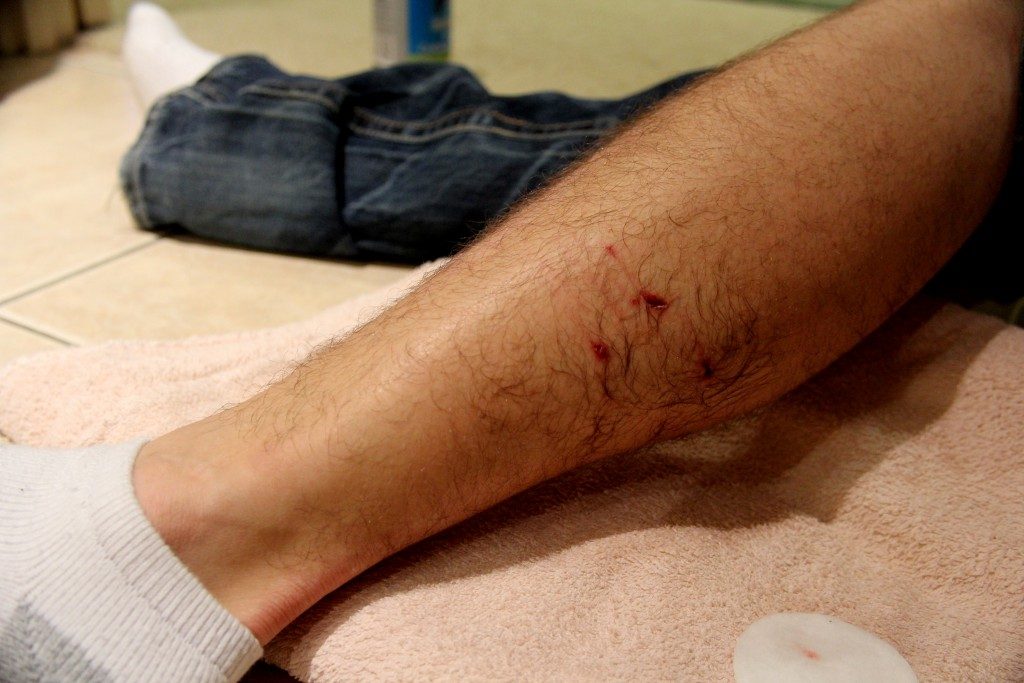There is a tendency in some parts of the world to grin and bear little injuries. In most cases, these people are better off than those who rush to the ER because of the common cold. However, their confidence in their immune system may prevent them from identifying early infections.
So, what are the common infections that can be prevented or treated before they get worse? Read on to find out.
Nail Fungus
Fingernail or toenail fungus can be difficult to spot at first. Nail discolouration can be caused by any trauma to the nail matrix or the centre of nail cell creation, as well as calcium or zinc deficiency. Yet white nails can also be symptomatic of a fungal infection.
What distinguishes a fungal infection from a simple discolouration are the symptoms attached to it. Nails with fungi thicken and seem to have debris under it. Fungi get under the nail when toes or fingers stay wet for too long or are caught in places with fungal infection.
Fingernail and toenail fungus treatment solutions are available these days. Oral and topical antifungal medications can be bought from the pharmacy. Medicated nail cream and polish are good alternatives. To avoid developing fungi in the first place, wet socks or shoes should be swapped out immediately and footwear is a must for damp spaces.
Cuts and Wounds

The smallest cuts can invite infection in the body if not treated correctly. Cuts should, at the very least, be washed and cleared of possible sources of infection after bleeding has been stopped. If they are deep or large, they should be treated with an antimicrobial dressing such as ointment before covering them with gauze or bandage.
A general sense of pain in the cut area can be indicators of an infection. Symptoms may get worse if not treated properly. Fever of over 101 degrees Fahrenheit, green or yellow excretion, malodorous scent, swelling of the wounded area, and loss of movement are more extreme symptoms.
In case symptoms advance to this level, it’s best to go to a doctor for the right course of treatment. A wrong assessment could slow down the healing process for wounds and lead to worse symptoms.
Skin Infections
The weather, physical activity, aesthetic treatments, and injuries can cause the skin to break and draw infections in. The body’s immune system may not be able to fight off infections contracted through wounds in the skin and as such, conditions on the exterior and interior walls of the organ can develop.
Red skin is normal when a body has been exposed to the sun, but if it persists, it may be a sign of an infection. Sunburns are supposed to flake off but not form yellowish or pimply crusts, nor cause blisters. Fevers and a slow healing rate for wounds follow these symptoms.
To prevent skin infections due to the weather, a good sunblock with the appropriate SPF level is a must. Skin infections related to cuts can be prevented by proper wound care.
If the infection has progressed to the point of needing immediate medical help, people should not hesitate to rush to a clinic or the nearest healthcare provider. Neglecting a condition for too long may result in an even bigger hospital bill. Good health seeking behaviours are a person’s greatest defence against unnecessary healthcare bills.

